Illumination patterns must be tailored to each specific application, while maintaining energy efficiency, compliance with optical and electromagnetic safety standards, and design simplicity. Simulations of lighting patterns and automated optimization of optical element placement, parameters, as well as luminaire reflector shapes are the central components of any R&D pipeline, allowing to reduce expenditures due to photometric tests and prototype manufacturing by reducing the number of required iterations to optimal design.
With considerable experience and experimentally verified tools, we perform simulations of light intensity distributions produced by luminaires (including gradient index optics), design optimization (parametric and shape) and determination of specular/diffuse reflectivity and absorption coefficients for reflector coatings.
Methodology
We use both commercial software (COMSOL) and our own code for simulations of illumination patterns and luminaire design optimization. Intensity distributions are computed using a Hamiltonian ray tracer based on the Monte-Carlo method and the finite element method (FEM). Nelder-Mead and COBYLA algorithms are used for optimization.
During our collaboration with the company SIA Vizulo (Latvia), we developed a set of software tools for the development of luminaire prototypes: the optimization goal definition, ray tracing, and geometry calculation. Software tools have been successfully validated both experimentally and by comparing the results with standard optics design software packages.
Projects
- Cooperation agreement with SIA Vizulo (Latvia): Development of ray tracing models for industrial luminaires and optimization of spatial illumination patterns.
Contact
Andris Jakovičs, Dr.Phys.
![]() +371 29 155 711
+371 29 155 711
![]() andris.jakovics@lu.lv
andris.jakovics@lu.lv
![]() 0000-0003-3410-5081
0000-0003-3410-5081


